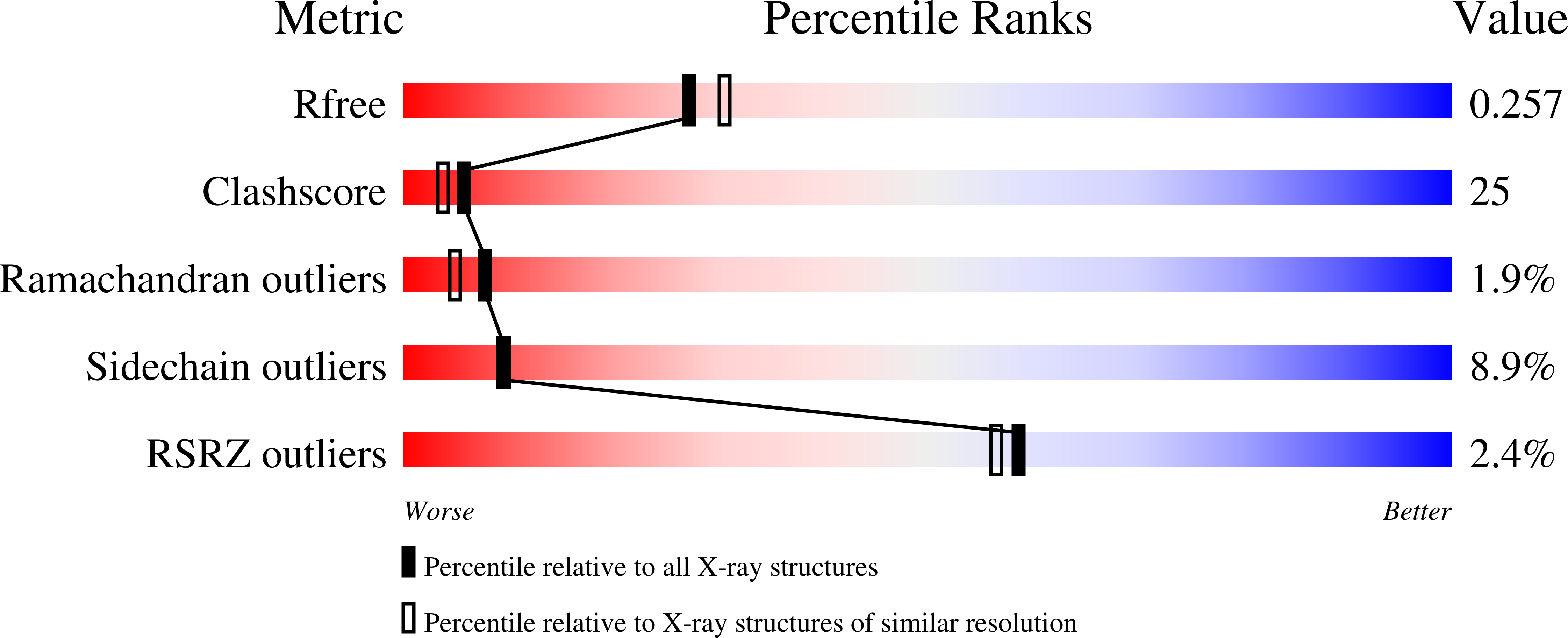
Deposition Date
2008-08-27
Release Date
2009-02-10
Last Version Date
2024-05-29
Method Details:
Experimental Method:
Resolution:
2.20 Å
R-Value Free:
0.25
R-Value Work:
0.23
R-Value Observed:
0.23
Space Group:
P 1


